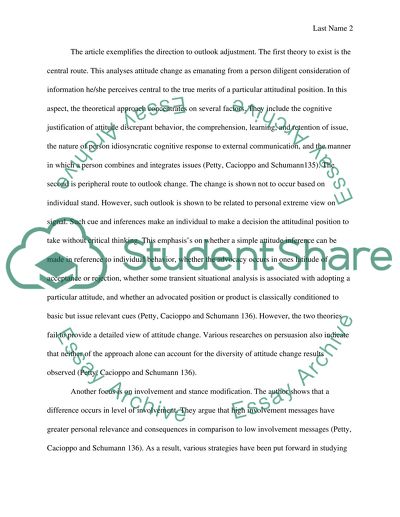Cite this document
(“Central and Peripheral Routes to Advertising Effectiveness: The Article”, n.d.)
Retrieved from https://studentshare.org/marketing/1489485-central-and-peripheral-routes-to-advertising
Retrieved from https://studentshare.org/marketing/1489485-central-and-peripheral-routes-to-advertising
(Central and Peripheral Routes to Advertising Effectiveness: The Article)
https://studentshare.org/marketing/1489485-central-and-peripheral-routes-to-advertising.
https://studentshare.org/marketing/1489485-central-and-peripheral-routes-to-advertising.
“Central and Peripheral Routes to Advertising Effectiveness: The Article”, n.d. https://studentshare.org/marketing/1489485-central-and-peripheral-routes-to-advertising.


